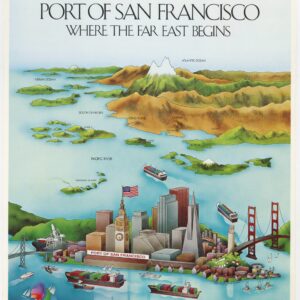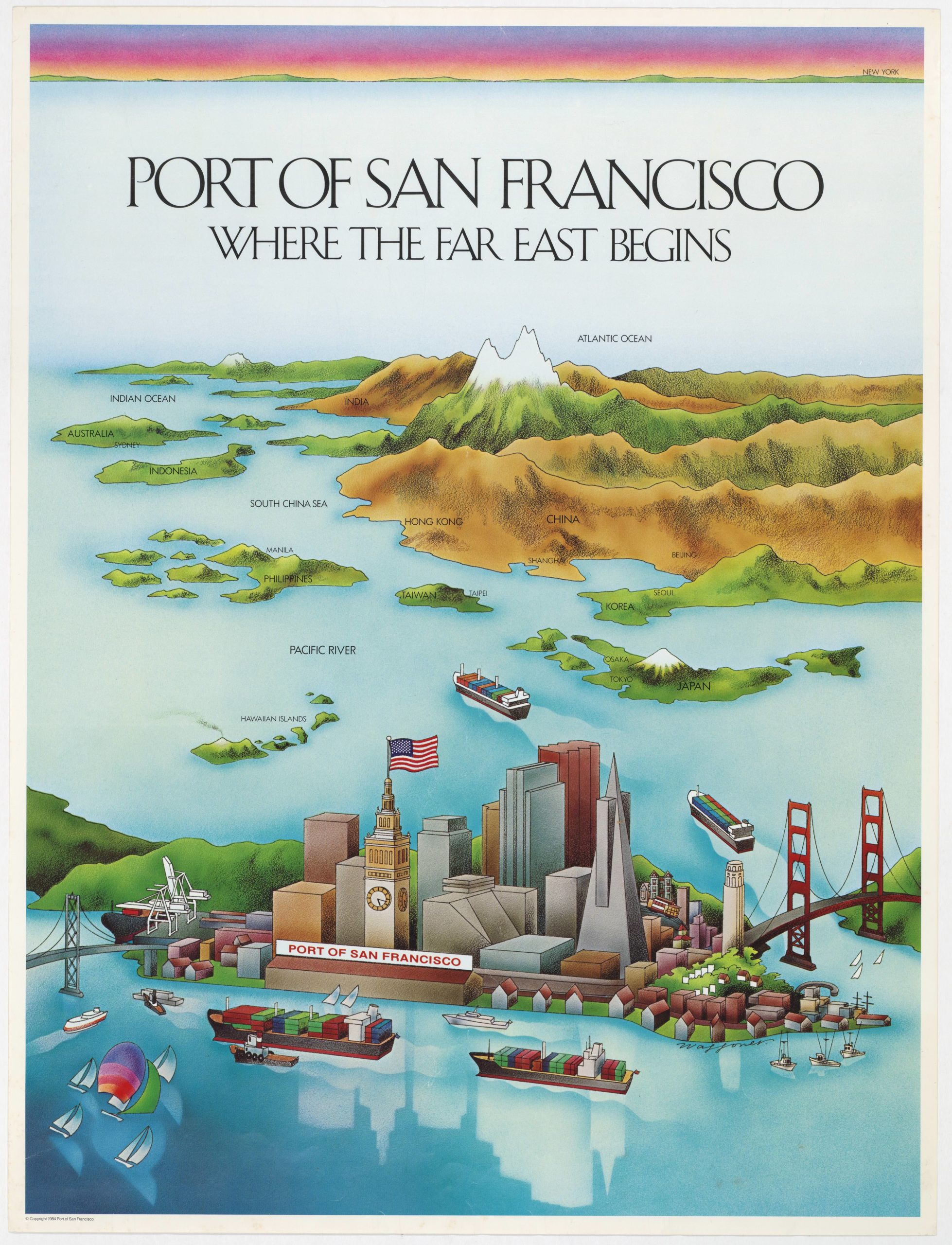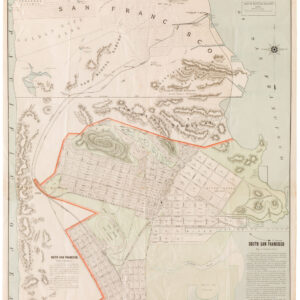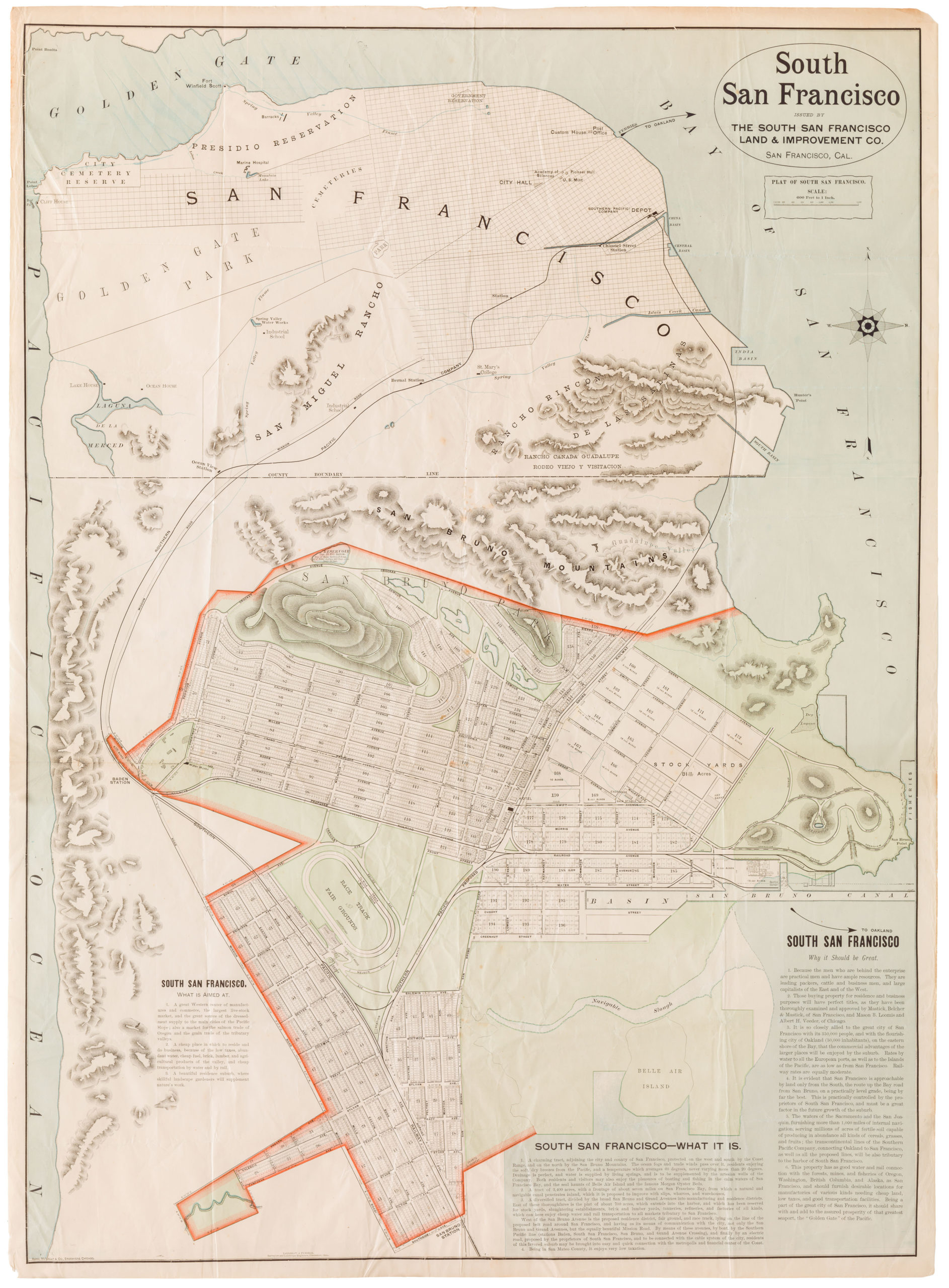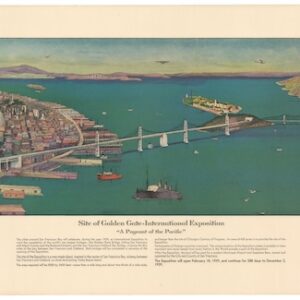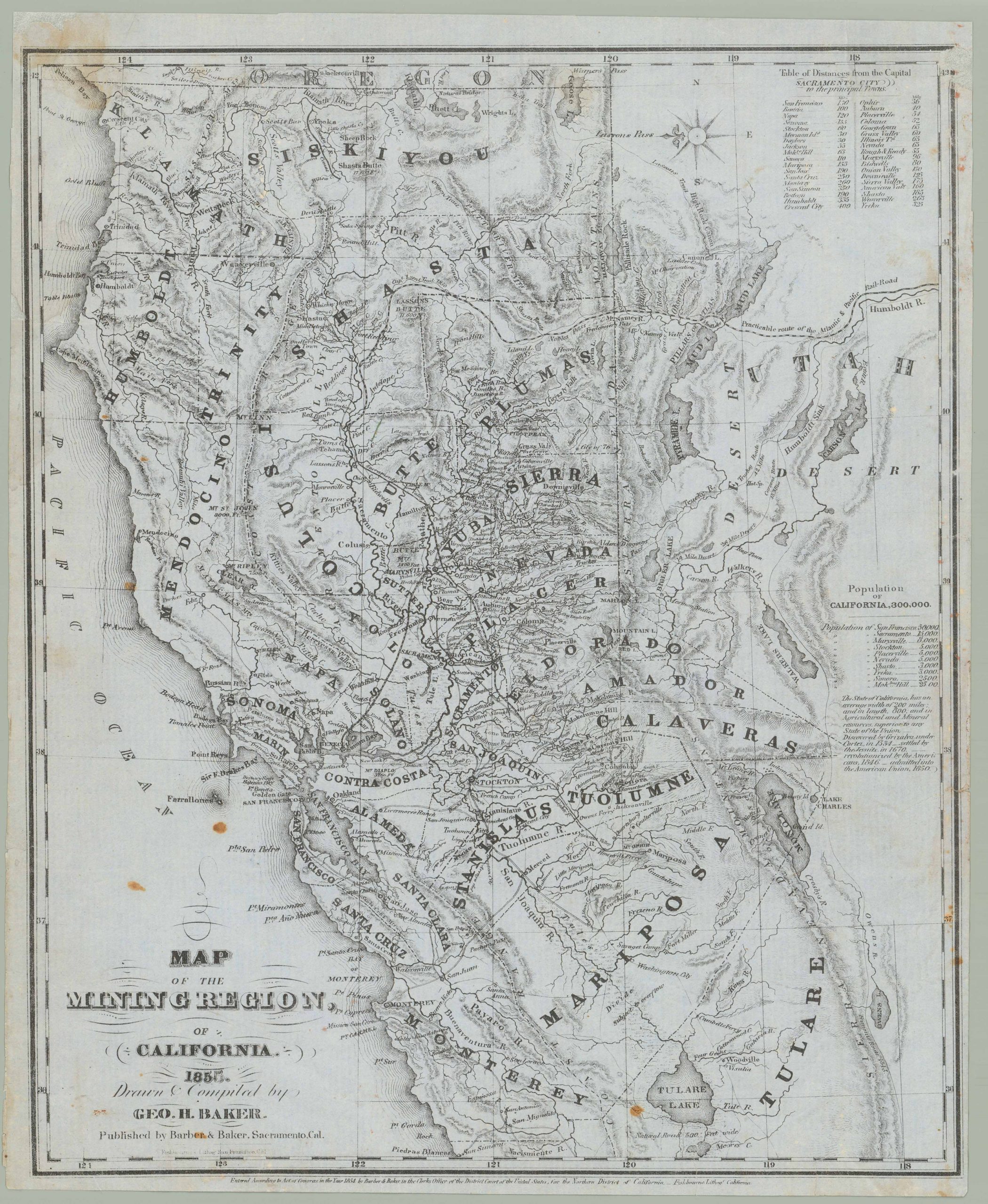Mitchell’s seminal 1846 pocket map of the West with contemporary personal note – “Forget me not”
A New Map of Texas, Oregon, and California with the Regions Adjoining
Out of stock
Description
A nice example of what is probably S. Augustus Mitchell’s most famous folding map. The region shown extends from the Mississippi to the Pacific coastline, and from the Rio Grande to southern Canada.
This region was of particular interest in 1846 because of two recent, related events. In 1845, Texas was admitted to the Union as a new state, prompting Mexico, in 1846, to invade Texas, thus precipitating the so-called Mexican-American War. General curiosity about the new state and understandable interest in the war led to Mitchell’s timely map becoming very popular item all across the United States. The map shows Texan claims to the upper Rio Grande, in present-day New Mexico. These claims were eventually given up as part of the Great Compromise of 1850, in return for federal assumption of Texas public debt.
As stated in the Accompaniment to Mitchell’s New Map of Texas, Oregon, and California — the small booklet in which the map was issued — Mitchell used the most up-to-date information on the American West available at the time. Among his sources were Arrowsmith’s 1841 map of Texas, Fremont’s and Emory’s maps of their explorations in the region, data from the Lewis & Clark expedition, Nicollet’s map of the region between the Mississippi and Missouri, and Wilkes’s map of Oregon.
The high regard in which Mitchell’s work was held was evidenced by Brigham Young’s desire to obtain copies of this map before he led his Mormon followers west to Utah in April of 1847. Seeking the best available maps of the Rocky Mountain area, he wrote to Joseph A. Stratton of St. Louis: “I want you to bring me one half dozen of Mitchell’s new map of Texas, Oregon, and California and the regions adjoining, or his accompaniment to the same for 1846, or rather the latest edition and best map of all the Indian countries in North America; the pocket maps are the best for our use.” Young’s party did secure their Mitchell maps: Mormon emigrant Albert Carrington’s diary makes note of his arrival at a Great Plains stream, concluding it was “supposed to be the Wood River of Mitchell’s map.”
Besides its cartographic interest, the accompanying booklet contains the most comprehensive description of the territories bordering on the Pacific Ocean, a region soon to be incorporated into the United States. Our example was apparently given as a gift between two cousins; a pen-written note gives the names and says, “1850. Forget me not.” Rarely do we get such intimate evidence of the use of a map, evoking the sadness of one leaving home for a new life, likely traveling from the East Coast to California with visions of gold.
This personal touch makes this striking map, which is of seminal significance to the history of the United States and its mapping, just a little more special.
Cartographer(s):
Samuel Augustus Mitchell (1790 – 1868) was an American geographer and bookseller. During the middle of the 19th century, he became the dominant commercial publisher of geographic materials in America.
Mitchell worked as a teacher of geography before turning to publishing, but he found the materials available to students both antiquated and lacking, so he decided to abandon teaching in favor of producing geographic textbooks and maps. He quickly became one of America’s greatest cartographic publishers and played a decisive role in making Americans aware of their country’s geography.
Condition Description
Separately issued folding map on bank note paper. A few tiny holes and wear at the folds; flattened and archivally backed.
References
Phillips (America) 202. Wheat (Transmississippi) 520. Wheat (Gold) 29. Cohen (Westward Movement) 134-135.
